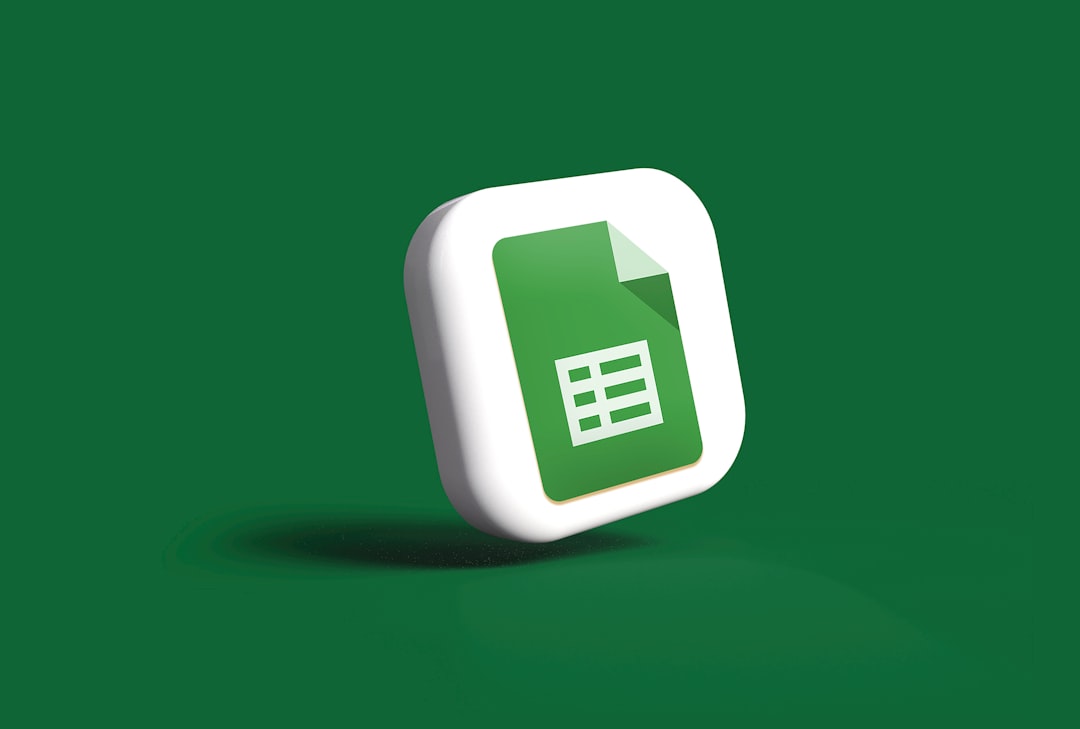7 ways to use Google Sheets 📊
Plus 10 new alternatives for making the most of spreadsheets even if you're not a "numbers person"

You don’t have to be in business to find Google Sheets useful. If you’re not a numbers person, though, it helps to know which features are worth trying. Read on for simple ways to glean insights from your data and some emerging spreadsheet tools.
Keep reading with a 7-day free trial
Subscribe to Wonder Tools to keep reading this post and get 7 days of free access to the full post archives.

